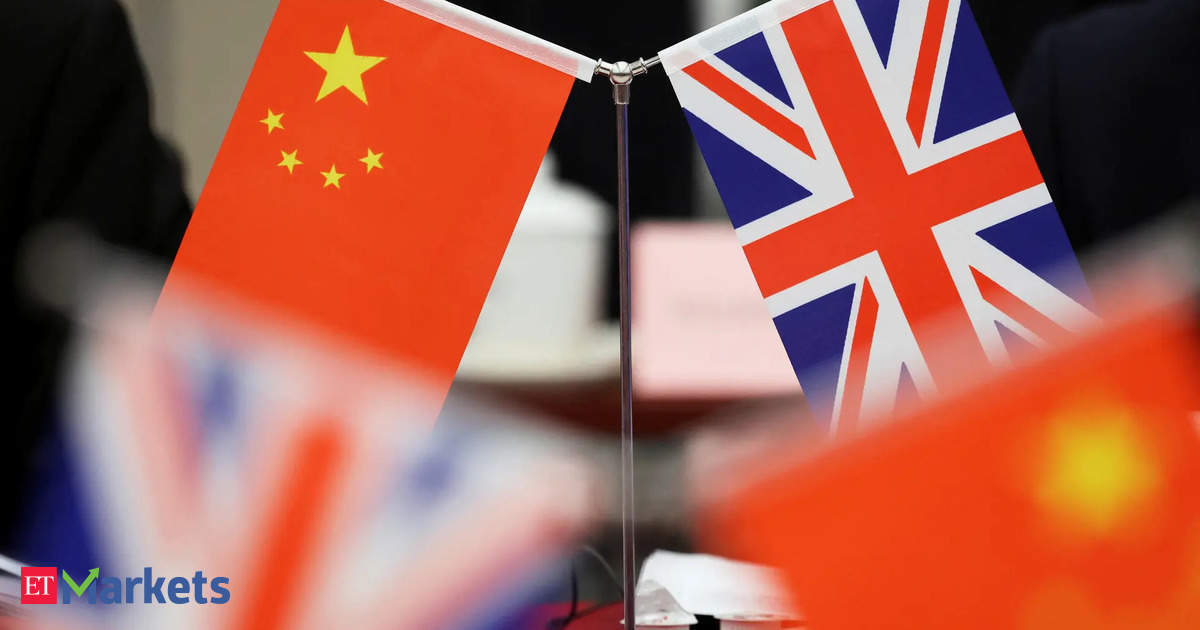China’s Rising Market: Challenges for Foreign Investors Considering India

Evaluating the Shift in Foreign Investment from India to China
Historical Context of Foreign Investment in India
In the last six months, foreign investment in Indian stocks has dwindled dramatically, with nearly $29 billion leaving the market—a record for the country. This outflow marks a significant change, especially as investors are drawn to China’s rapidly improving market. China’s financial landscape has been invigorated by the stock market comeback, primarily driven by substantial gains in its technology and electric vehicle (EV) sectors.
Diverging Market Trends: China vs. India
What initially appeared to be a promising year for India has quickly shifted direction due to several factors. Slumping corporate earnings and a deteriorating economic outlook have weakened investor confidence. In stark contrast, China’s economy is experiencing a resurgence, highly fueled by a surge in technology investments and government stimulus measures. The Hang Seng Index, which consists mainly of Chinese companies, has surged by 36% since late September, reflecting renewed optimism regarding China’s economic recovery. Meanwhile, India’s benchmark indices have seen a downturn of 13% from their peak, resulting in the loss of approximately $1 trillion in market value.
Key Factors Allowing China to Attract Foreign Investment
China’s Leading Companies
One powerhouse in this growth is BYD Co., an electric vehicle maker whose shares have soared by 40% in 2025. This impressive growth has pushed BYD’s market capitalization to $165.7 billion, now greater than the combined worth of India’s top five automobile manufacturers. The increased valuation comes after BYD made significant advancements in ultra-fast charging technology, allowing vehicles to gain 400 kilometers of charge in just five minutes.
Tech Boom and Investor Confidence
Furthermore, China’s technological landscape has been invigorated by the rise of AI start-ups like DeepSeek, which launched an innovative reasoning model that helped kickstart a rally in tech stocks. In 2025, the Hang Seng Tech Index has risen over 35%, representing its best performance in three years. This strong showing is complemented by supportive government policies from Chinese President Xi Jinping, focusing on collaboration with tech leaders and an absence of new U.S. sanctions.
India’s Market Challenges
Following a period of optimism, India’s growth story appears to have hit a snag. Predictions now indicate that India is set to grow at its slowest rate in four years. Corporate earnings, especially from leading firms in the Nifty 50 index, have failed to impress, achieving merely 5% profit growth in the last financial quarter—the third consecutive quarter of single-digit growth. As a result, global asset managers are reconsidering their positions.
While firms like Morgan Stanley and Jefferies have maintained their investments in India, they are increasingly reallocating funds towards Chinese assets. A recent Bank of America survey highlighted this shift, with China emerging as the second-most preferred market after Japan, while India ranks lower alongside Indonesia and South Korea.
Future Trends: India’s Road Ahead
Despite concerns regarding the current downturn, some financial experts remain optimistic about India’s long-term potential. It is believed that foreign investors may eventually return, bolstered by India’s strong economic fundamentals. However, most analysts agree that the short-term outlook appears subdued.
In the coming months, the Indian market is expected to operate within a tight range, lacking any significant upward or downward movements. Given China’s advancements in pro-growth policies and burgeoning sectors like AI and EVs, India faces a daunting challenge to recapture investor interest.
As the landscape evolves, it remains crucial for India to address its economic hurdles while leveraging its strengths to attract and retain foreign investment. The next steps will be vital as both nations vie for a more significant share of global capital and investment opportunities.




